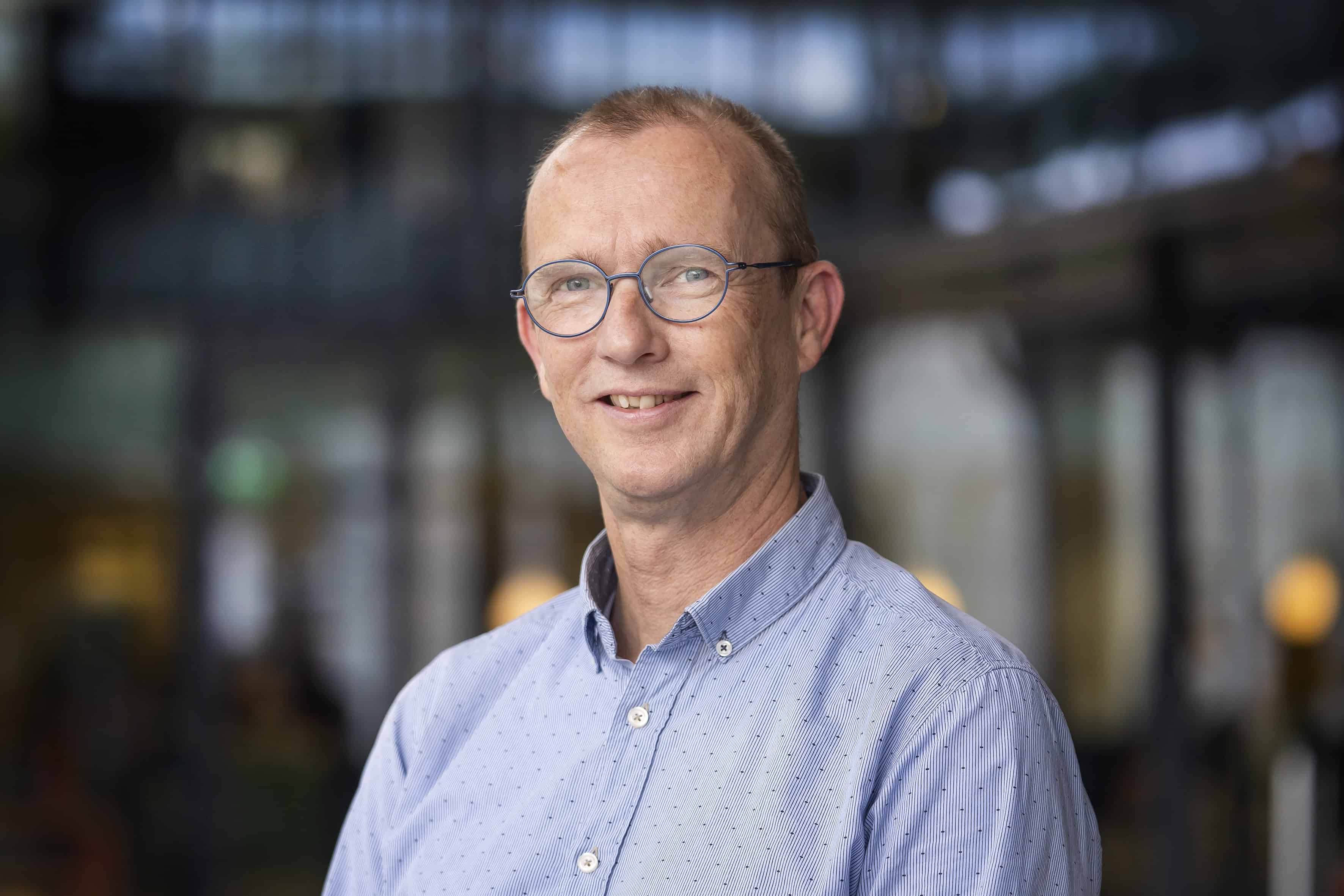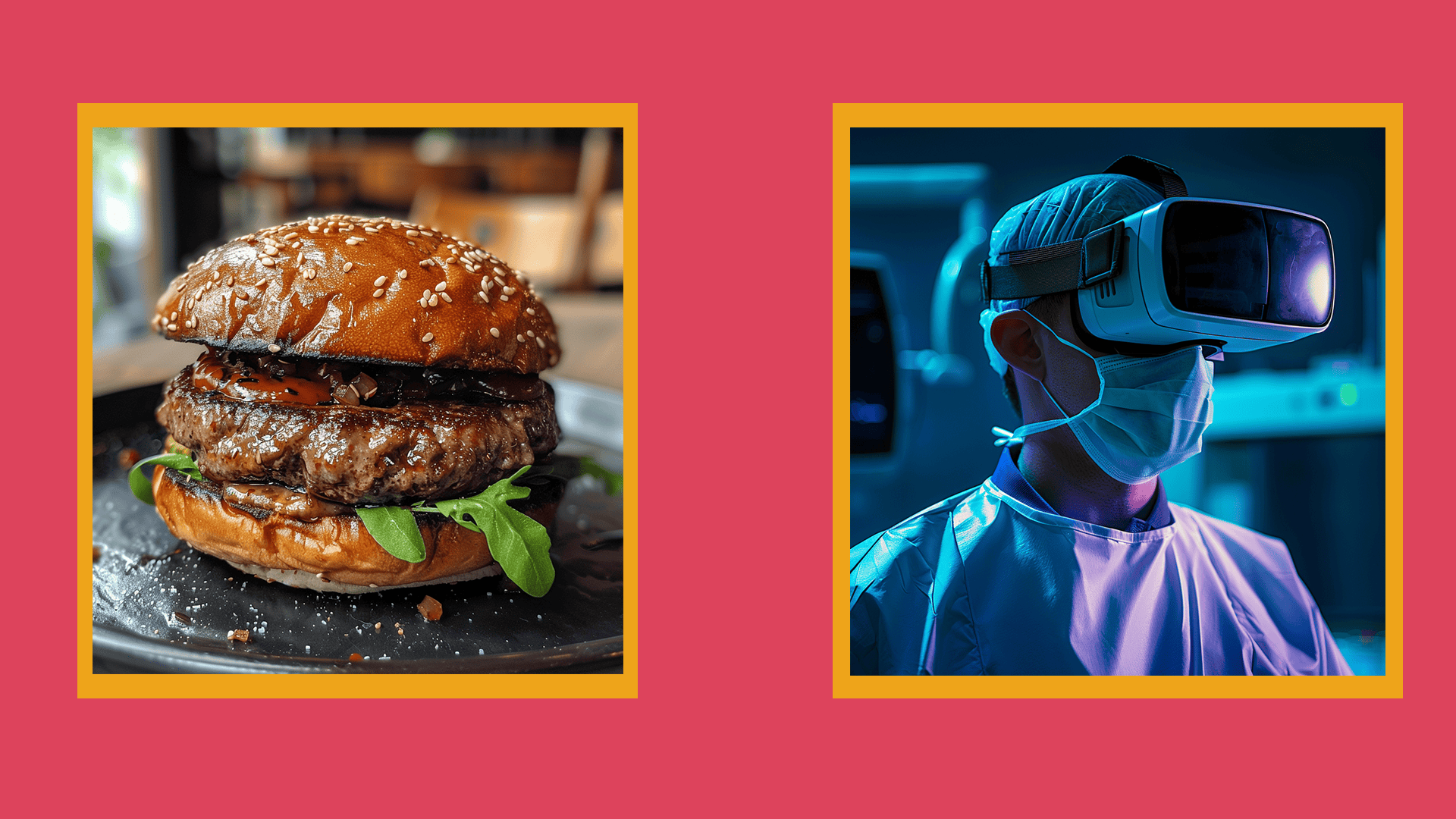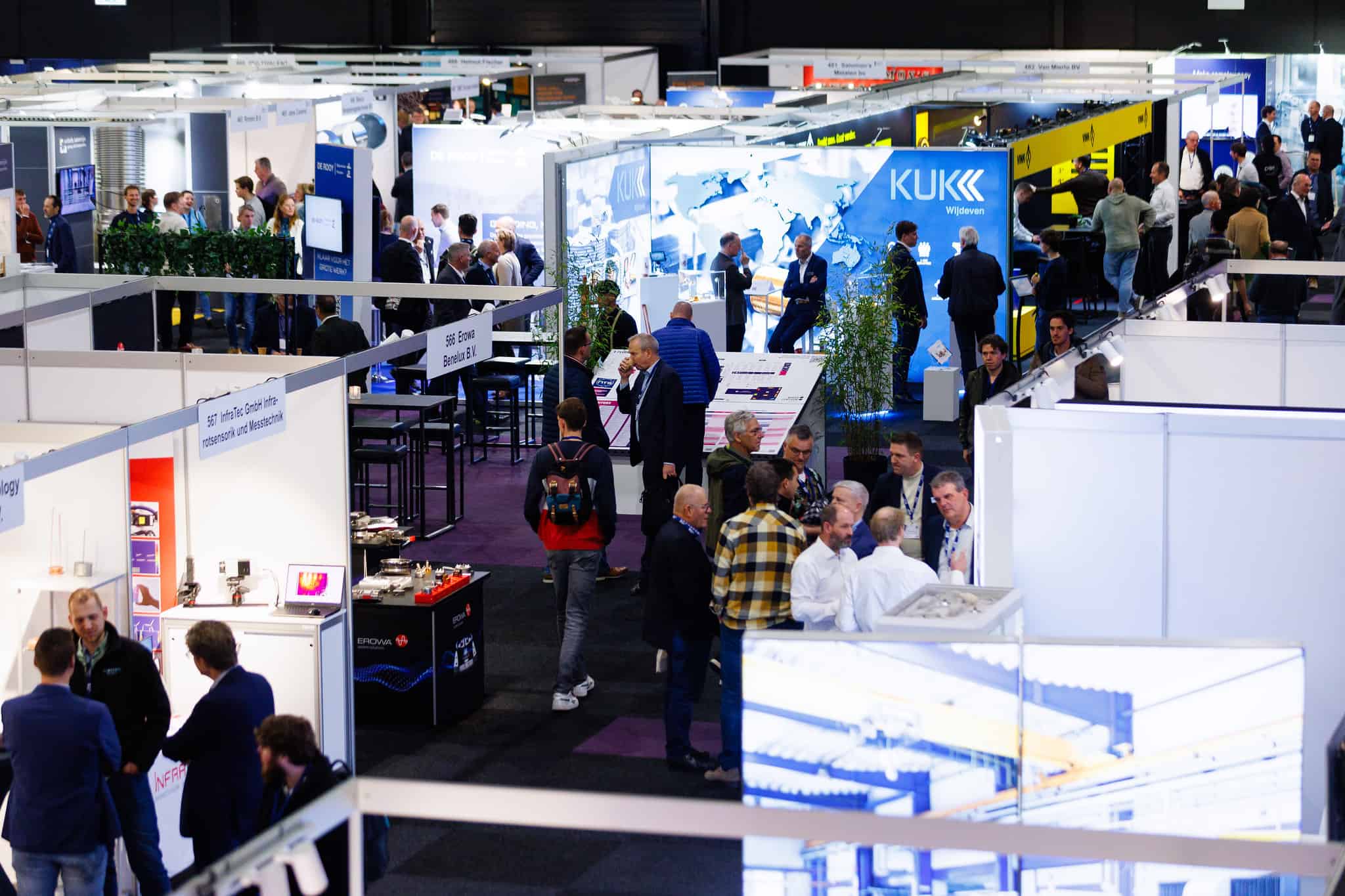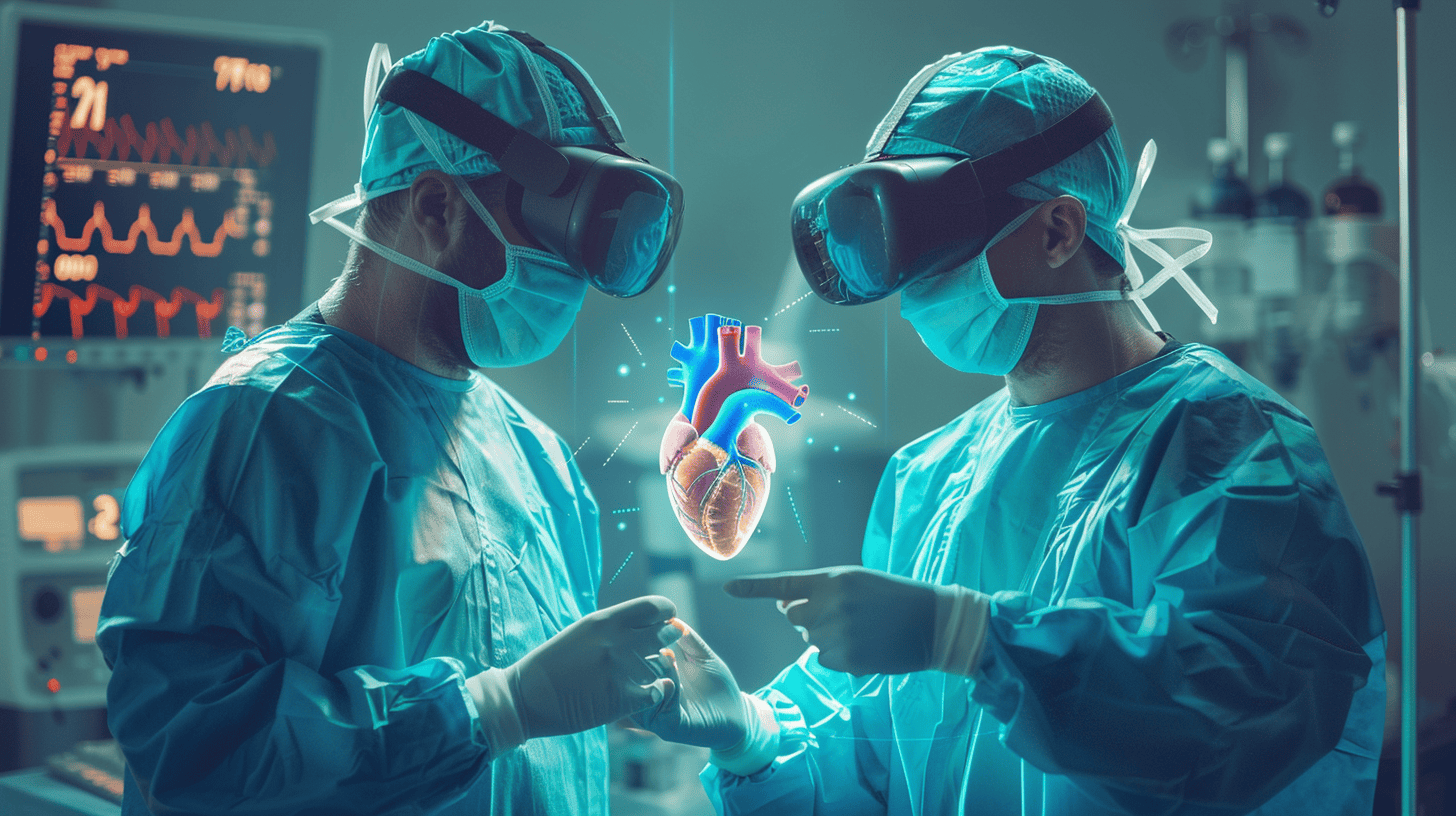
Doctors have an ally in Virtual Reality (VR), which can help them better prepare for surgeries. One of the latest examples comes from the Amsterdam University Medical Center (UMC), which is using mixed reality to visualize 3D holograms of patients’ hearts and brains, enhancing accuracy and preparation ahead of complex procedures. The initiative also enriches medical education, improving the quality of surgical operations.
Why this is important
As the world population ages, we will need more high-quality healthcare in the near future. Tools like virtual, augmented, and mixed reality can help raise the level of treatment.
Mixed reality is a term that describes the merging of real and virtual worlds to produce new environments where physical and digital objects co-exist and interact in real time. Unlike virtual reality (VR), which immerses users in a completely artificial environment, or augmented reality (AR), which overlays digital content onto the real world, mixed reality combines both to create a more interactive and immersive experience. Specifically, surgeons at Amsterdam’s UMC are using the Microsoft HoloLens. This head-mounted display enables users to see, hear, and interact with holograms within an environment such as a surgical theatre.
The UMC’s innovative approach
At the Amsterdam UMC, this technology is being harnessed to advance medical practice, particularly in neurosurgery and cardiac surgery. Traditional preparation for operations often relies on 2D images, requiring surgeons to mentally reconstruct these into a 3D context—a process fraught with potential for misinterpretation. However, with HoloLens, the 3D holographic images provide a clearer, more accurate depiction of organs, aiding surgeons in planning and executing procedures with greater precision and confidence.
The shift from 2D to 3D imaging is significant. Maarten Bot, a neurosurgeon at the Amsterdam UMC, highlights the old challenge: “As a surgeon, you have to transform the 2D image into a 3D image in your mind to plan the surgery.” Now, with the help of the latest technology, surgeons can view a holographic image of the patient’s heart or brain right before them, allowing for a more intuitive and precise surgical approach.
Enhancing medical education and patient care
This leap forward was made possible by the Amsterdam UMC Innovation subsidy, which funded integrating mixed reality technology into surgical preparation. The technology has not only impacted the surgeries themselves but has also played a supportive role in medical education. Surgeon researcher Sulayman el Mathari explained that despite technological advancements, the medical field has long remained reliant on black-and-white 2D images. This initiative is set to change that paradigm.
The implications of this innovation extend beyond the operating room. 3D glasses have been integrated into the medical curriculum, with co-assistants and students showing great enthusiasm for the technology. This hands-on learning approach engages the next generation of medical professionals in a way that traditional methods have not. Additionally, patient care is set to improve as Amsterdam UMC plans to introduce HoloLens during surgeries, offering the potential for even more precise operations.
For some years, the University Medical Center Utrecht has also been using holograms generated from brain scans to prepare for surgeries and inform patients about their conditions. The next challenge is integrating these holograms during the actual surgeries for enhanced navigation and safety.
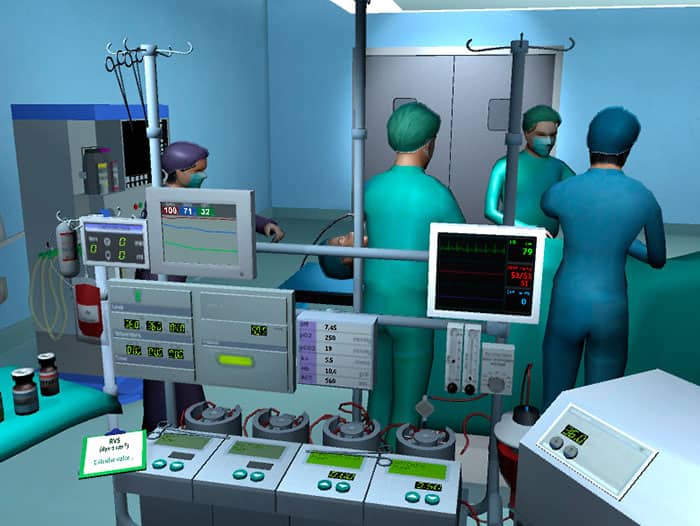
Collaborative and remote possibilities
Further, in the past, the British National Health Service has leveraged Microsoft HoloLens and Surface Go for remote collaboration and viewing patient information during surgeries. Microsoft Remote Assist allows first-line workers to use hands-free video calls, sharing what they see with experts via Microsoft Teams. This not only aids in surgical procedures but also broadens the scope for collaborative medical practice across distances.
The integration of mixed reality in medical settings clearly indicates the sector’s readiness to embrace innovation for improved outcomes. As surgeons at Amsterdam UMC and beyond continue to pioneer these technologies, the potential benefits for patient safety, surgeon training, and the overall quality of healthcare are immense. With continued investment and exploration, the fusion of technology and medicine promises to redefine the landscape of healthcare delivery.






